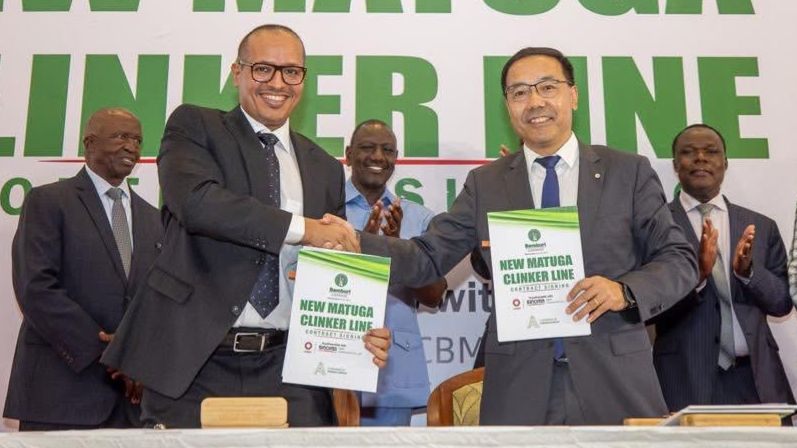The doctors previously attended to Raila Odinga before his death landed in Kenya, specifically to pay homage to the fallen ODM leader.
Raila died at Devamatha Hospital on October 15 at the age of 80. He had been admitted with cardiac related complications.
Initially, Raila was admitted at the Ayurvedic Eye Hospital and Research Centre situated in Kerala’s Ernakulam District, Southern India.
The medics paid the family of Raila in Bondo a visit on Friday, October 31, and condoled with them following the death of their partriach.
To lead them to Bondo was businessman and philanthropist Oketch Salaha, who was Raila's close confidant and who looked after him in India.
Read More
"I had the honour of leading a delegation of doctors from Kerala to visit the family of the late Rt. Hon. Raila Odinga in Bondo , a gesture of friendship and solidarity. Having shared moments with them in India during Baba’s recovery, today’s visit was a reminder of his enduring legacy and the bonds he built across borders," said Salah.

As earlier noted, Raila died at Devamatha, far from the initial hospital he had flown to.
He was having his routine morning walke when he collapsed and fell. He would then be rushed to Devamatham the likely nearby facility.
The attending cardiologist, while giving her account, revealed that at the time of Raila's admission, he had no heartbeat.
He was immediately confined to the Intensive Care Unit (ICU) where efforts to resuscitate him began.
The Devamatha medics made every effort to resuscitate him using Cardiopulmonary Resuscitation (CPR) and other emergency interventions, but their attempts were unsuccessful.
Despite their relentless efforts, the 80-year-old passed away during the resuscitation process.
Further assessments revealed that he had underlying health issues, including diabetes, kidney complications, Deep Vein Thrombosis (DVT) in his right leg, and a history of fainting episodes.
In addition to CPR, the specialist confirmed that Raila underwent several critical procedures, such as the insertion of an IVC filter to monitor potential blood clots due to DVT, as well as an injection and thrombolytic therapy aimed at dissolving any existing clots in his veins.
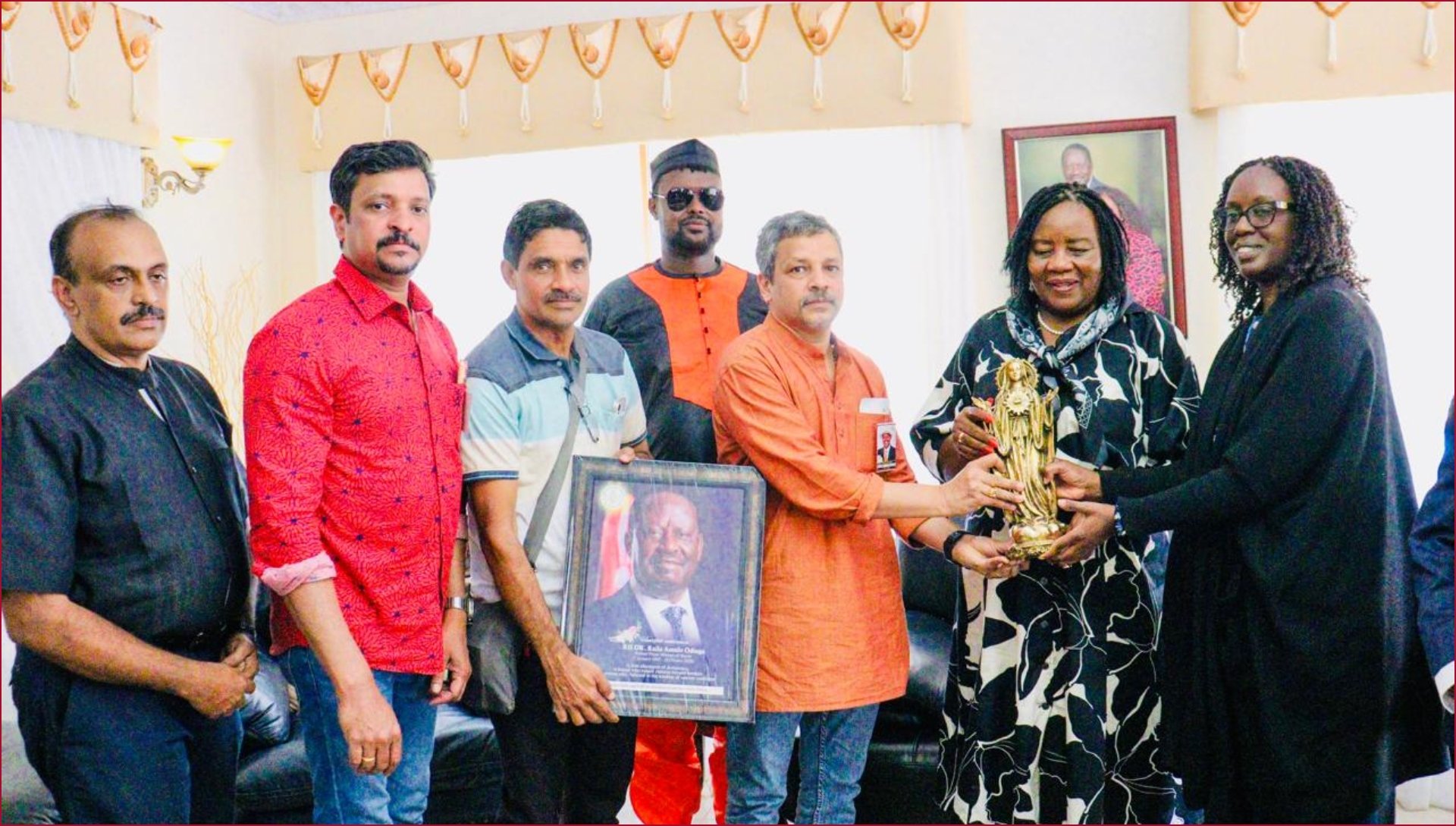
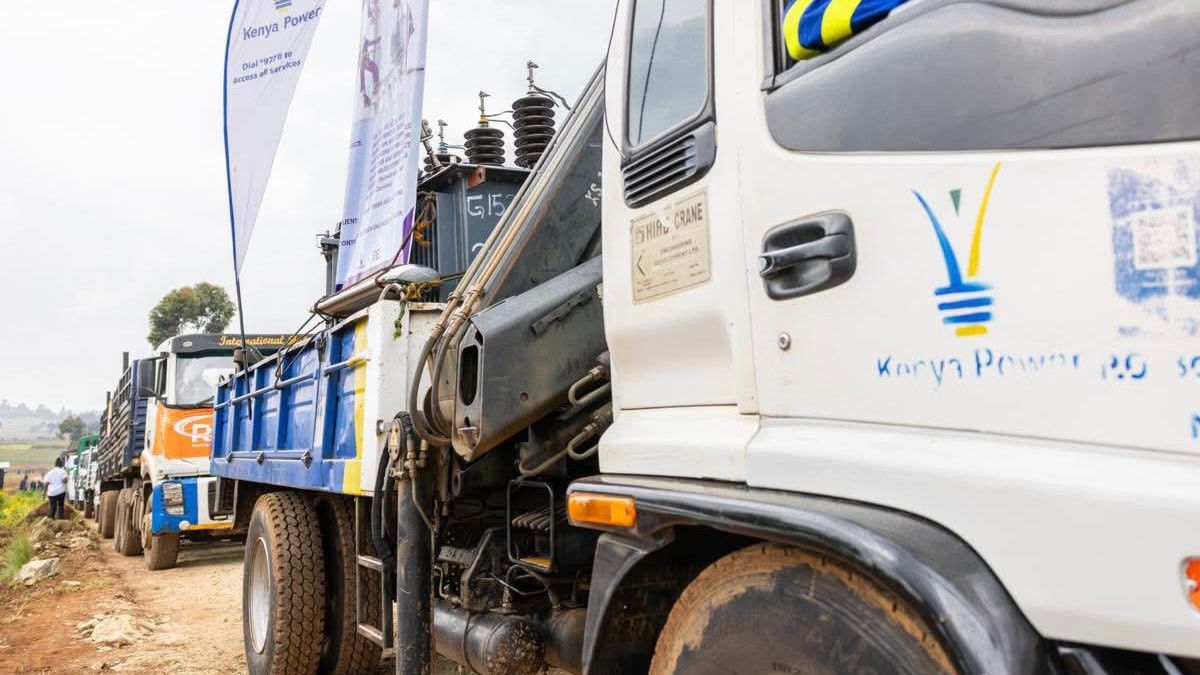
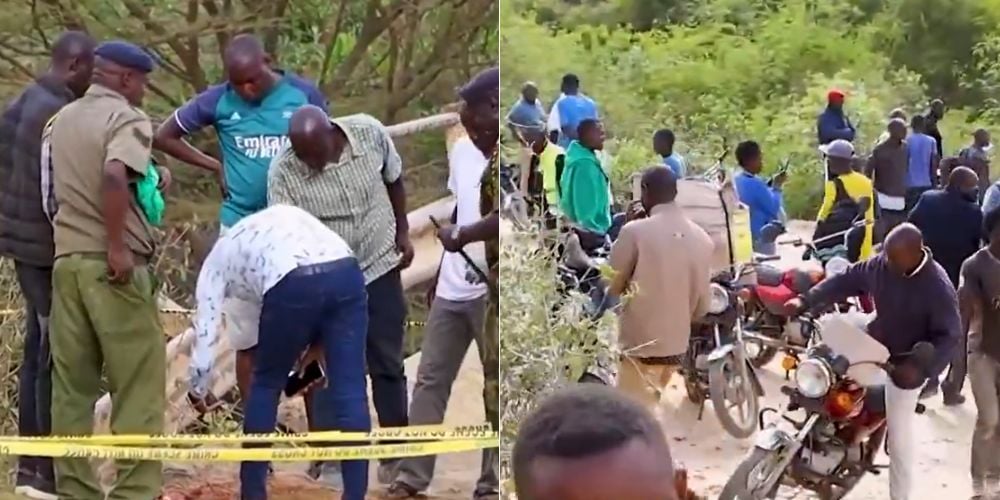
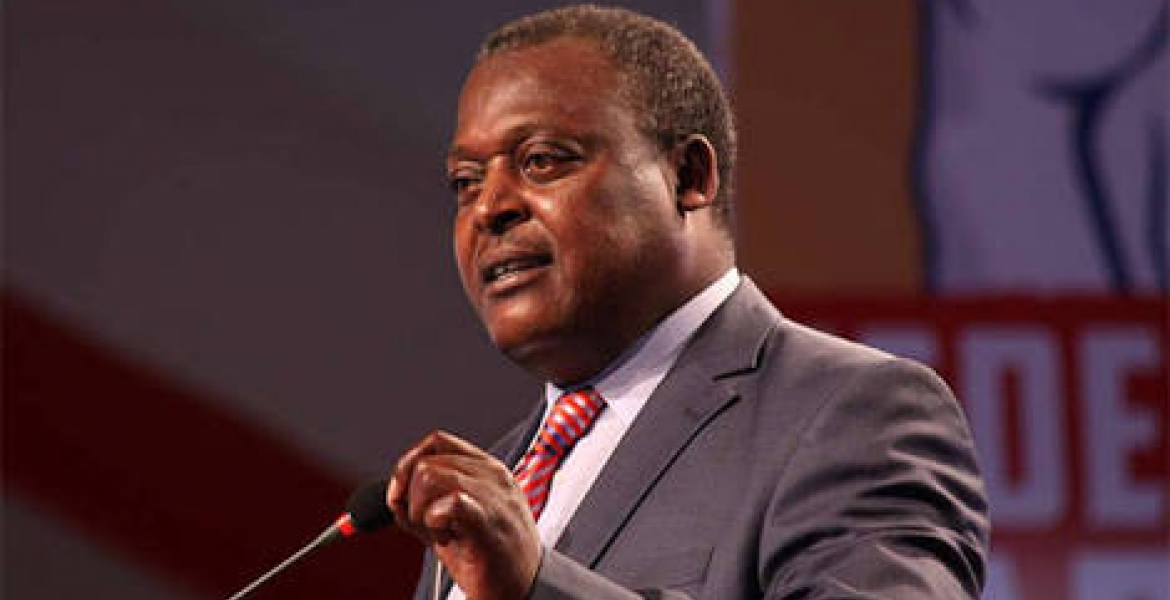
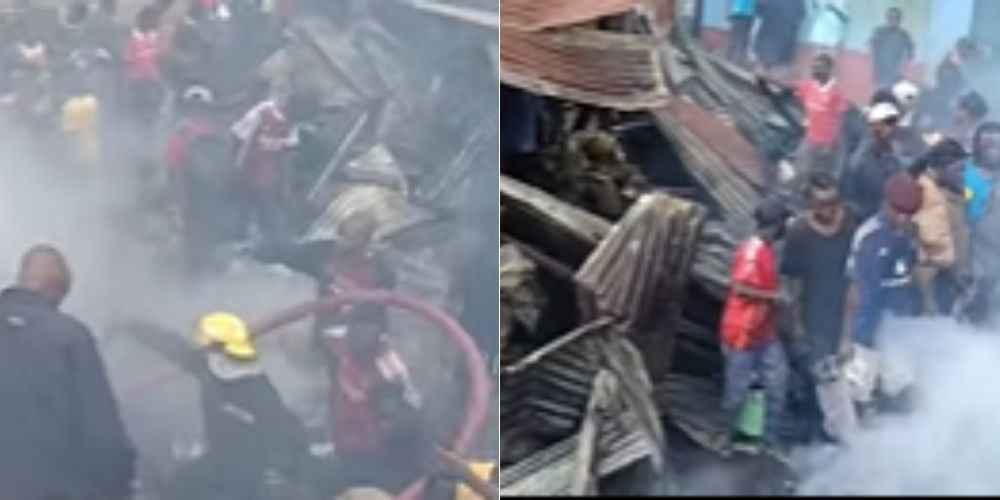

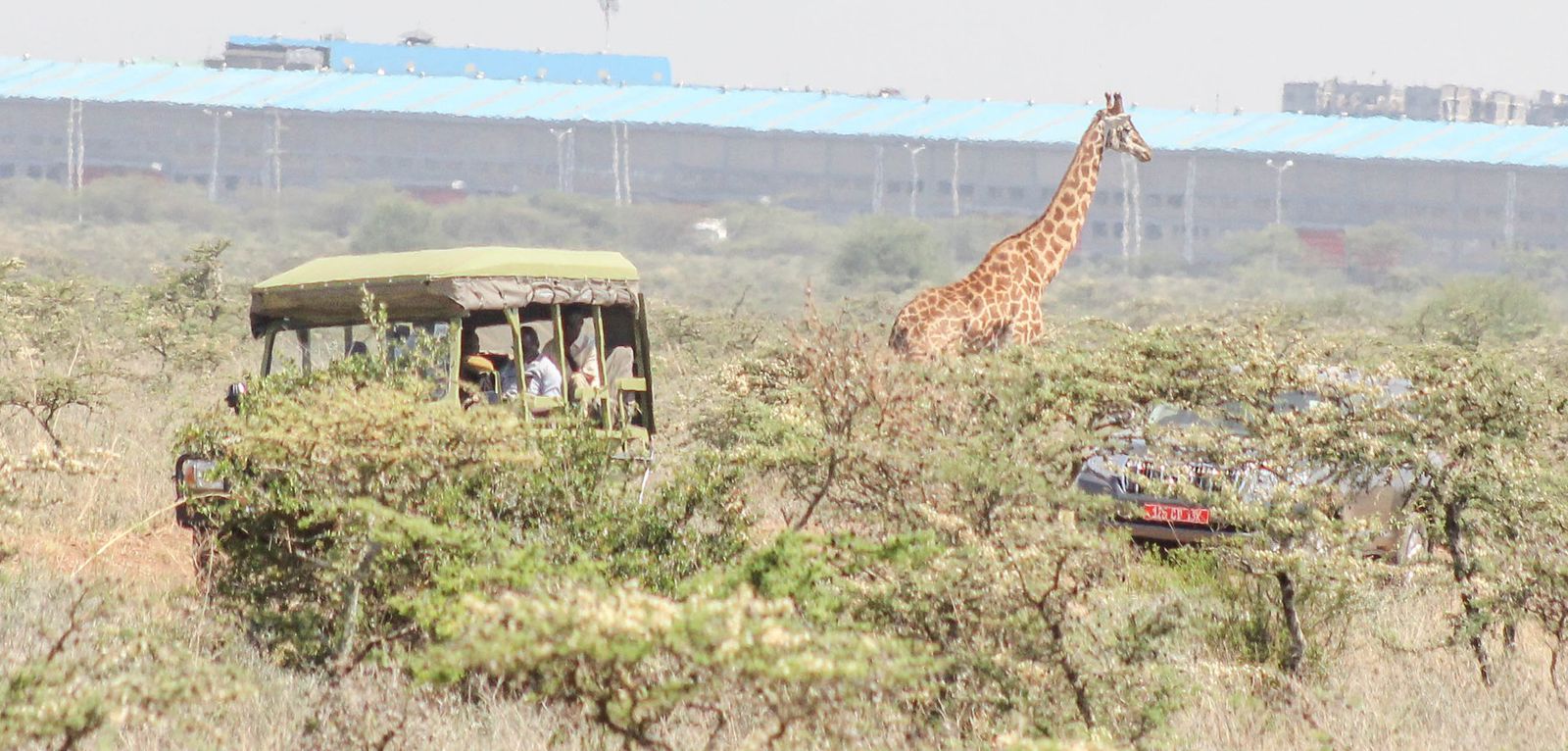
-1758009840.jpg)
